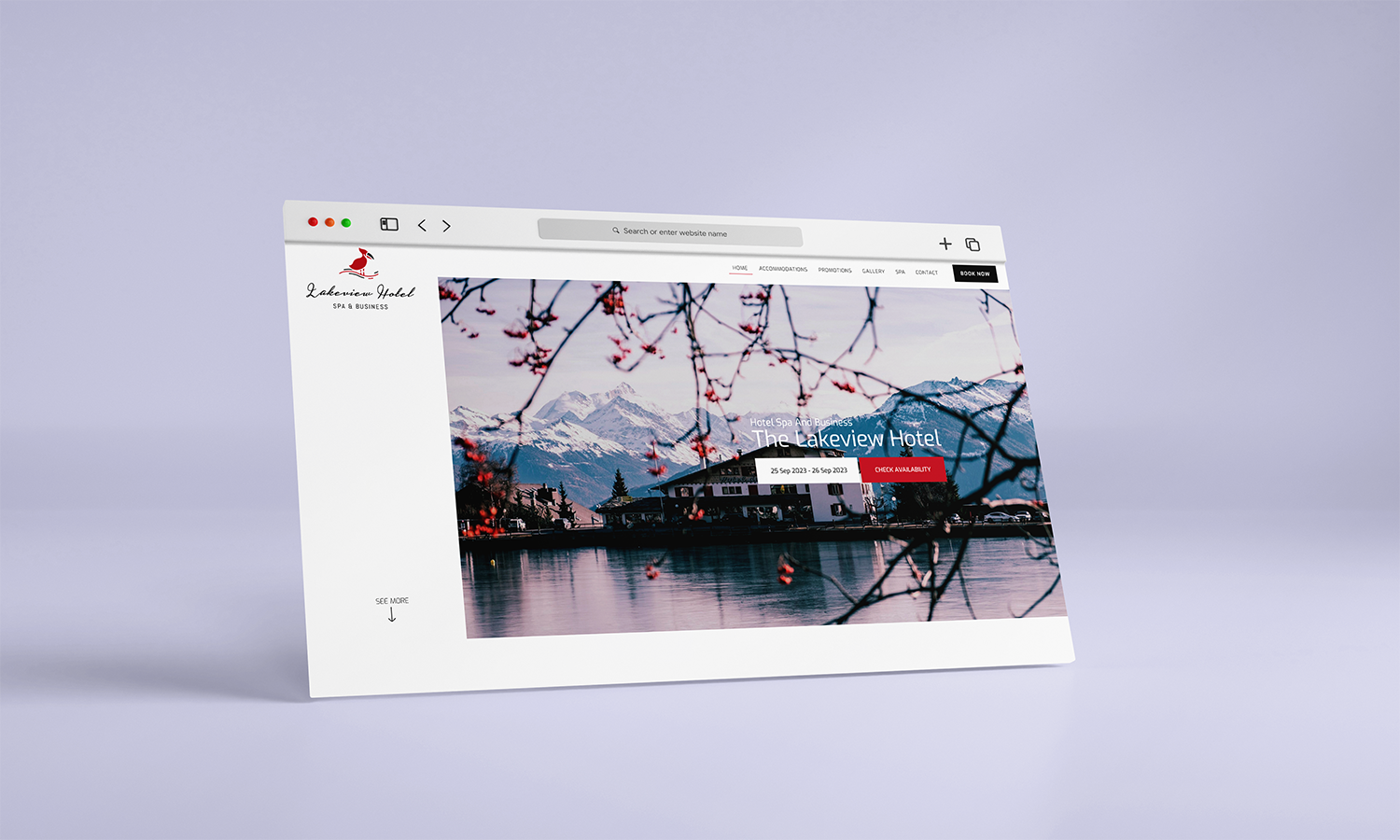In the ever-evolving digital world, the importance of a well-designed website cannot be overstated. With the rise of big data and advancements in analytics, data-driven website design has become a critical component in crafting an online presence that delivers results. In this blog post, we will explore the advantages of a data-driven approach to website design and provide tips on how to effectively harness data to create a powerful user experience.
- Understanding Data-Driven Website Design
Data-driven website design is the process of using quantitative and qualitative data to inform and optimize your site’s layout, content, and user experience. This approach is rooted in the belief that data can provide valuable insights into user behavior and preferences, which can then be used to craft a more effective design strategy.
- The Benefits of Data-Driven Design
A data-driven approach to website design offers several key benefits:
- Improved user experience: By understanding how users interact with your site, you can make informed decisions about your design to create a more seamless and enjoyable experience for your visitors.
- Increased conversion rates: Optimizing your site based on data can lead to higher conversion rates, as users are more likely to engage with content that is tailored to their preferences and needs.
- Reduced bounce rates: A well-designed website that meets user expectations can help reduce bounce rates, which in turn can improve your search engine rankings.
- Continuous improvement: A data-driven approach allows you to consistently monitor your site’s performance and make necessary adjustments over time.
- Strategies for Implementing Data-Driven Design
To effectively leverage data in your website design process, consider the following strategies:
- Utilize analytics tools: Tools such as Google Analytics, Hotjar, or Mixpanel can help you gather valuable insights into user behavior and preferences. Analyze key metrics like bounce rates, conversion rates, and user flow to identify areas for improvement.
- Conduct user surveys: Collect qualitative data by surveying your users. Ask about their preferences, pain points, and overall experience on your site to gain a deeper understanding of their needs.
- Implement A/B testing: Test different design elements, such as headlines, calls to action, or page layouts, to determine which version performs better. Use these results to inform your design decisions.
- Create user personas: Develop user personas based on your target audience, and use these personas to guide your design choices. This can help ensure that your website caters to the specific needs and preferences of your users.
- Monitor and adjust: Continuously track your site’s performance and make data-driven adjustments as needed. This iterative approach allows you to constantly refine and improve your website’s design.
Conclusion:
Data-driven website design is a powerful tool that can help you unlock your site’s true potential. By leveraging data and analytics, you can create a user experience that is tailored to your audience, ultimately resulting in higher conversion rates and improved site performance. Implementing a data-driven design approach requires a commitment to continuous improvement and an openness to experimentation. By doing so, you can create a website that not only looks great but also delivers tangible results for your business.





